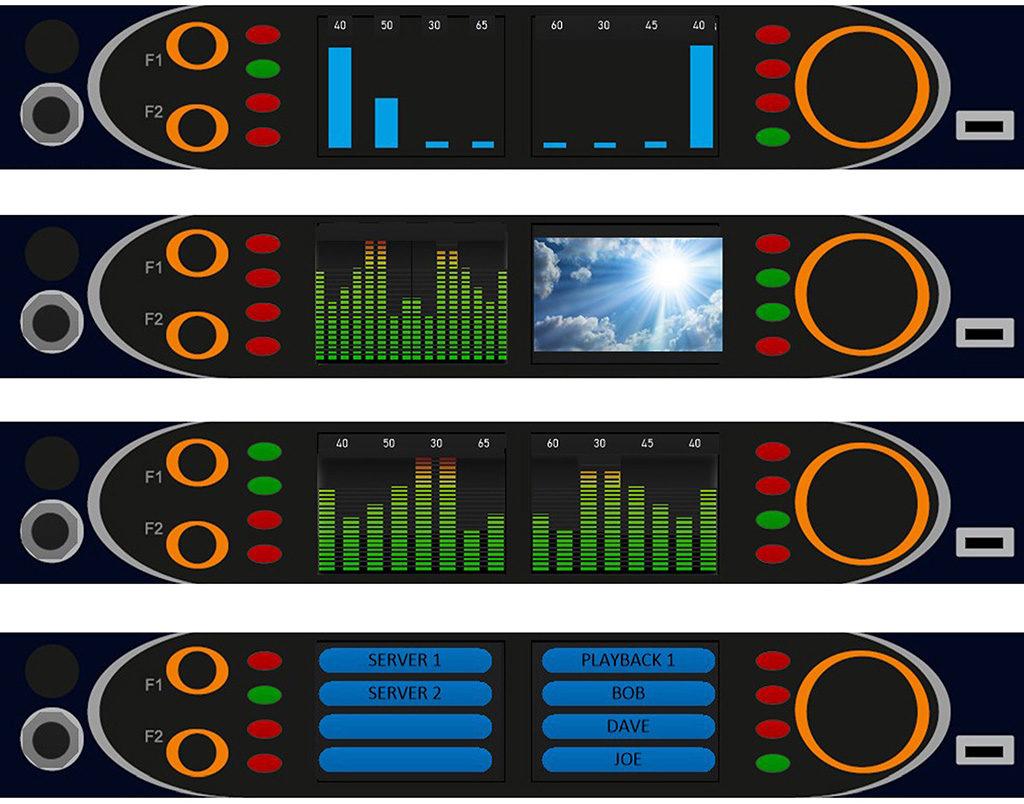TSL Products: a leap forward for loudness monitoring
New streaming services and demanding delivery standards mean that the time is right for a new approach to loudness monitoring. Enter TSL’s powerful new platform, SAM-Q

Sponsored editorial
New streaming services and demanding delivery standards mean that the time is right for a new approach to loudness monitoring. Enter TSL’s powerful new platform, SAM-Q
As the BBC notes on its website, viewers complain about numerous aspects of television programmes – from lighting to factual accuracy – but “one technical area is complained about more than any other: the sound”.
Along with audibility and the (over) prominence of background music, sound level problems account for a significant share of viewer complaints. This has been a historically pervasive problem – not only in between programmes, with advertising content often appearing to be intentionally louder, but within programmes as well.
It was precisely these concerns that the European Broadcasting Union sought to address with its R 128 loudness recommendation. Introduced in 2012, R 128 applies sound levelling to all stages of the audio broadcast signal – including production, distribution and transmission. With a core recommendation to use an average programme loudness of -23 LUFS, R 128 has been adopted widely by EU countries.
But while this aspect of loudness is finally getting under control, a new challenge has been emerging in the form of streaming services. Given that the sector has been developing so quickly, with both established and new content creators entering the fray, the need to maintain consistent loudness levels has become acute. So in August 2020, the EBU published the streaming-specific R128 S2 supplement, which again recommends standardisation on -23 LUFS.
With streaming services experiencing across-the-board growth during the pandemic, it has been a timely update. Of course, the crisis has also meant broadcast teams need to enhance their ability to work remotely, or at least reduce the number of people working on-site – and that includes audio and technical teams. It’s this complex set of requirements that led to the development of TSL Products’ SAM-Q audio monitoring platform, which launched at NAB 2019 and is now growing in prominence.
Multi-faceted monitoring
SAM-Q is a powerful basis from which to tackle loudness in an array of production and post-production environments. With the industry’s continued reliance on SDI, AES and MADI formats, the rack-mountable SAM-Q-SDI audio monitoring unit provides momentary, short-term and integrated loudness measurements, which are displayed on loudness level meters and a numerical read-out.
Recognising that broadcasters are increasingly utilising fully networked monitoring infrastructures, the unit also enables the same loudness data to be tracked over an Ethernet network and logged for later reference. This allows the finished project to be checked for compliance and a detailed account of loudness to be maintained.
With both linear and streaming services moving towards greater use of surround sound formats, notably Dolby Atmos, the SAM-Q-SDI solution can analyse mono, stereo or surround formats. Indeed, with a total of eight independent loudness probes, the SAM-Q-SDI can measure and display the performance of, for example, a 5.1 audio mix and a 2.0 downmix simultaneously.
The loudness situation in linear TV has definitely improved, but now you have this explosion in non-linear services as well as podcasts
Stephen Brownsill, audio product manager at TSL, says the motivating idea behind SAM-Q is the desire to rethink loudness monitoring and make it more suitable for streaming. “The loudness situation in linear TV has definitely improved, but now you have this explosion in non-linear services as well as podcasts,” he explains.
“What we wanted to do with SAM-Q was to allow content creators to monitor loudness effectively across a host of service types and applications – from OB trucks and studios to playout and distribution.”
SAM-Q-SDI and forthcoming products allow content to be benchmarked to standards such as R 128. And there’s another boost for flexibility, with the ability to log and view loudness values remotely through open-source software such as Grafana – a feature that is proving especially useful during the pandemic with so many employees working remotely.
Since its launch in 2019, the adoption of SAM-Q by broadcasters around the world confirms that TSL Products has fulfilled its desire to create an audio monitoring platform that performs way beyond traditional hardware. With viewer expectations for quality across linear and non-linear services continuing to rise, it’s also a purchase that could have an increasingly speedy ROI, as broadcasters everywhere look to make loudness monitoring more seamless and stress-free.
This first featured in the Spring 2021 issue of FEED magazine.
